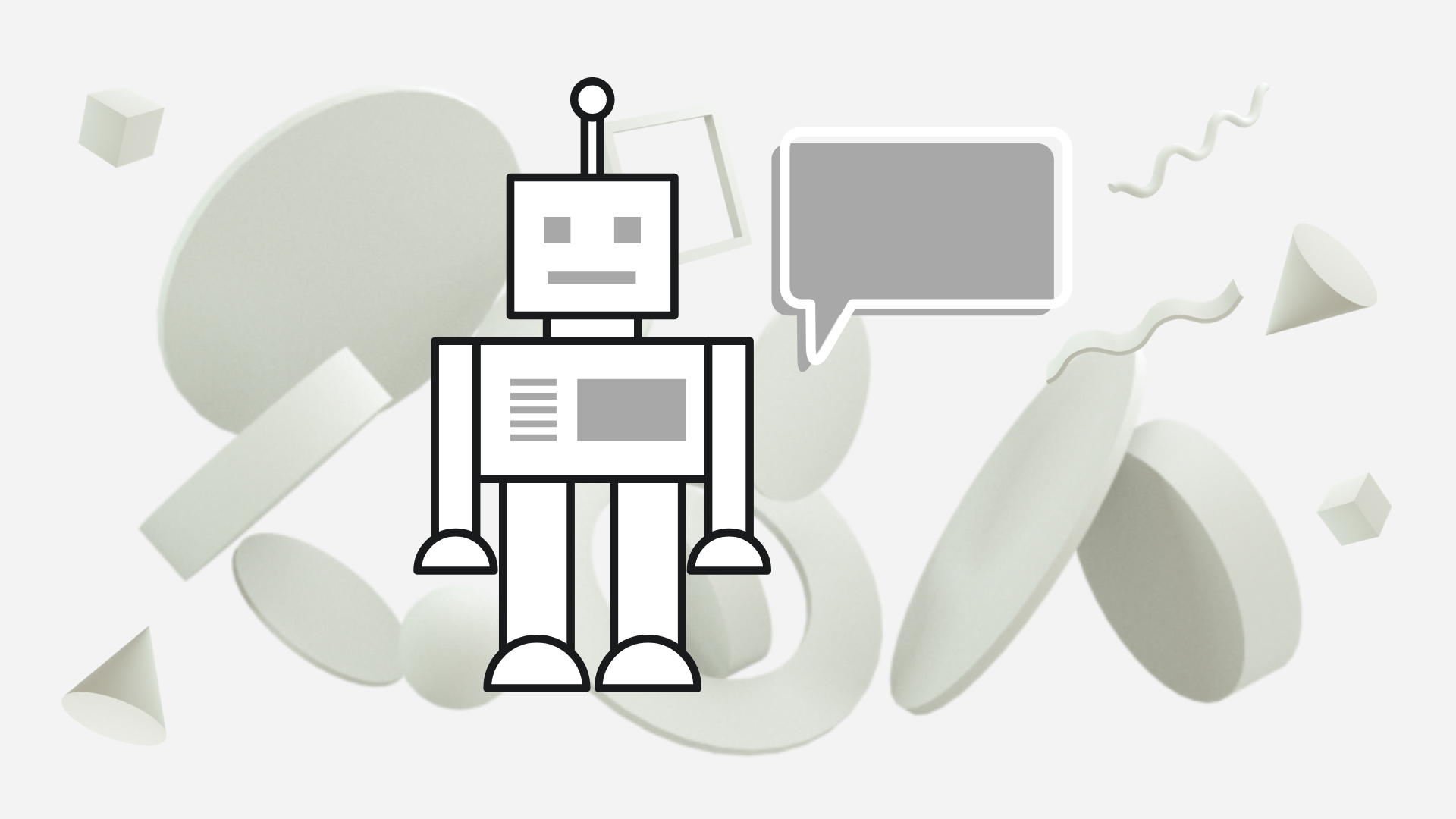
Nowadays, technology has changed the way people interact regularly, however, it hasn’t affected the need to form bonds with others (even if the recipient of the information is powered by AI). Plus, we rely on devices to help share our thoughts and questions daily and do administrational tasks online as quickly as possible. So, here is when the chatbot seems to be just the right fit.
But what is a chatbot actually?
AI technology has recently grown immensely in machine & natural language learning. As a result, we are all encountering them on more and more platforms. A chatbot or “conversational agent software” simulates a human conversation with a real person through text chats or voice commands. The function of a chatbot can be to provide weather forecasts, give some specific advice, act as customer support, or even be an online friend. Nevertheless, it allows companies to create fast and helpful conversations with users from any culture since it doesn’t require advanced technology on their side.
Before implementing a chatbot into your business, consider the following:
#1 Identify a problem or a need and that a new chatbot design will solve
First and foremost, analyze your customer journey. Find out where a chatbot would come in handy and if it would bring in additional value. Define the scope and role this bot will play on your platform: Will you make it a regular size or will you choose a tighter size responsible for a small type of information? Is it going to onboard a new user or handle support related problems?
#2 A chatbot needs rules
Never forget that the chatbot is only as good as its content goes. A chatbot is controlled by an algorithm and can be bolstered by machine learning, nevertheless, before machine learning can begin, the chatbot needs a set of rules. Moreover, it needs the proper content to speak. That’s the role of the content designer, UX writer, or content strategist to define.
#3 Take care of the chatbot’s usability
The bot should perform its function with minimal button presses. The longer it takes your bot to fulfill its intended function, the less likely users will enjoy interacting with your chatbot.
#4 The tone you set is essential
Empathy gains significant importance in chatbot design. If the chatbot lacks personality, people won’t use it more than once. A familiar tone of voice opens a pleasant and fruitful conversation. You can even shape your chatbot’s persona: Should it have a gender and age? Should it speak formally or casually? Another useful tip is to collect the most likely misspelled words so the bot recognizes what the users mean.
#5 Make sure the users know they interact with a chatbot
The following tip comes naturally after the previous one – make sure your users have the right impression of the chat that will ultimately help them. This involves building trust between a machine and a person, so you need to state upfront that they’re not talking to a human.
#6 Be specific and limit your offerings
Build your chatbot flow on use cases. If users start drifting away from the topic, reel them back in. Make sure to set a clear goal so you can point the conversation in the expected direction. You can also do this by not asking open-ended questions. Plus, there is no shame in stating to the user what your chatbot can or won’t do.
#7 Listen to the user’s feedback
Don’t get upset if you receive negative feedback because it can be the most useful kind of feedback to improve your chatbot UX. You can take several courses of action with the negative feedback you receive: improve your chatbot, fix bugs, you can contact directly with the author of the negative review to discover in more depth what the problem stands for.
Conclusion
In a nutshell, your chatbot is a program, not a human. Nevertheless, a well-designed program can bring satisfaction and ease to your audience. Chatbots will provide customer support, help in making informed decisions or simply entertain your users. But don’t forget to seek out help if you need to establish this new beneficial way of connecting with your dearest – your customers!
